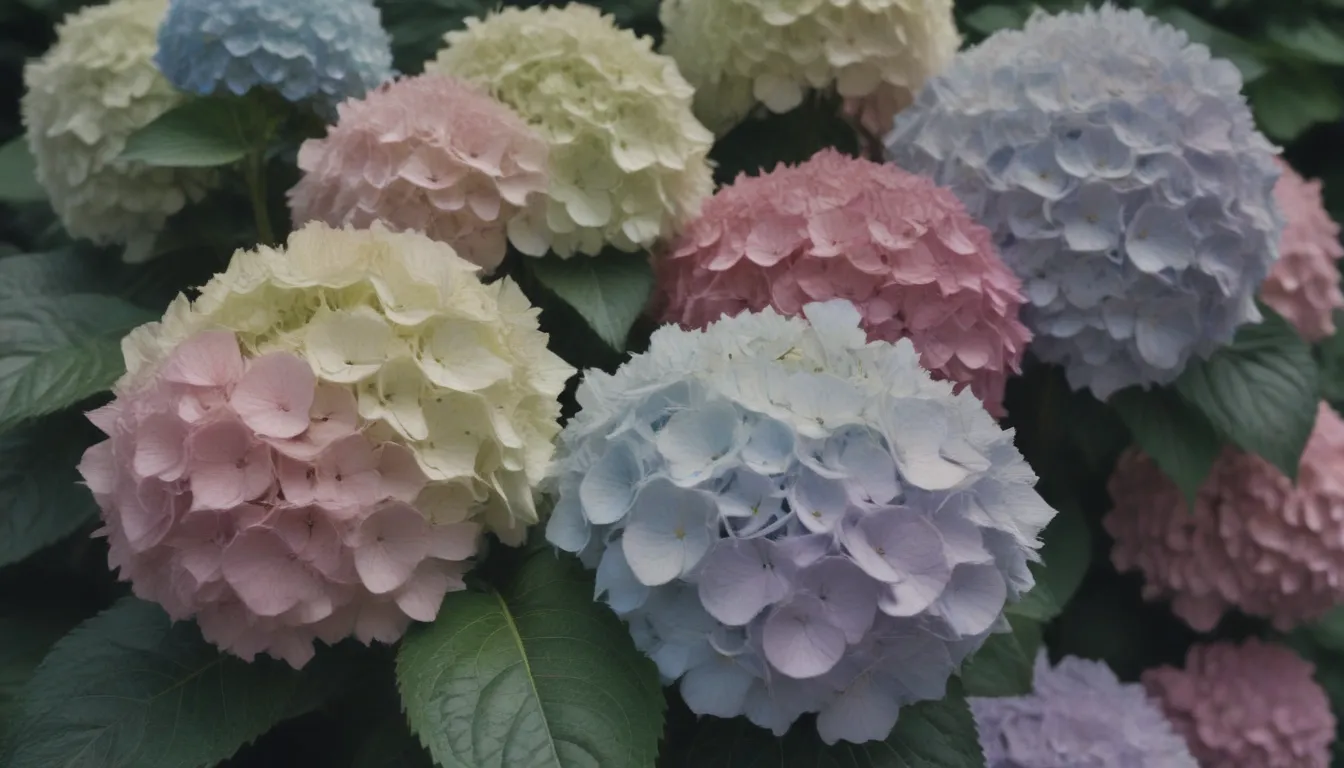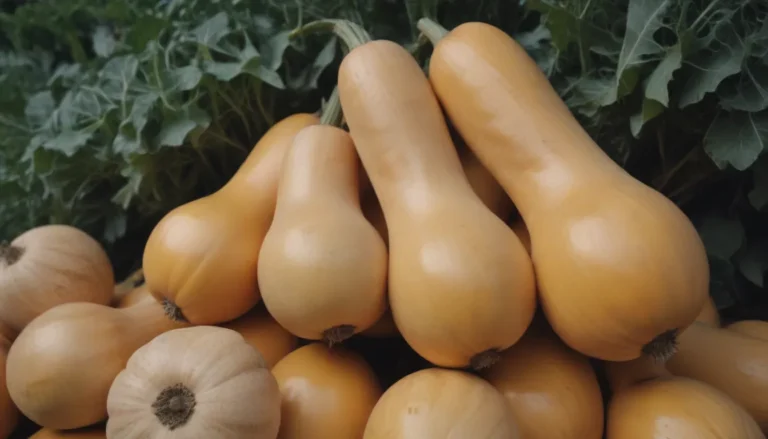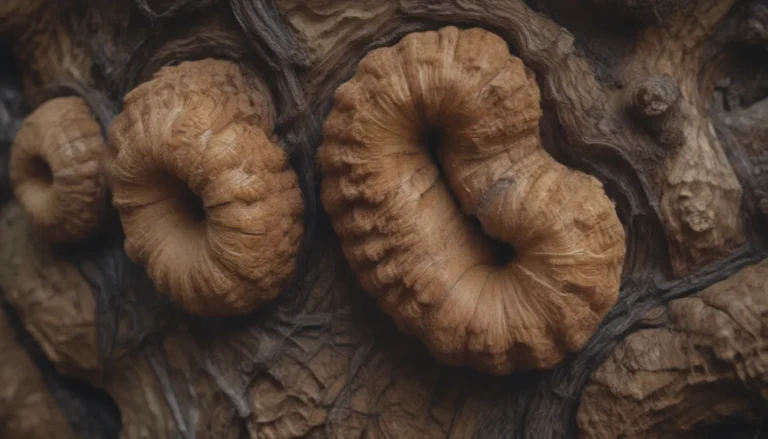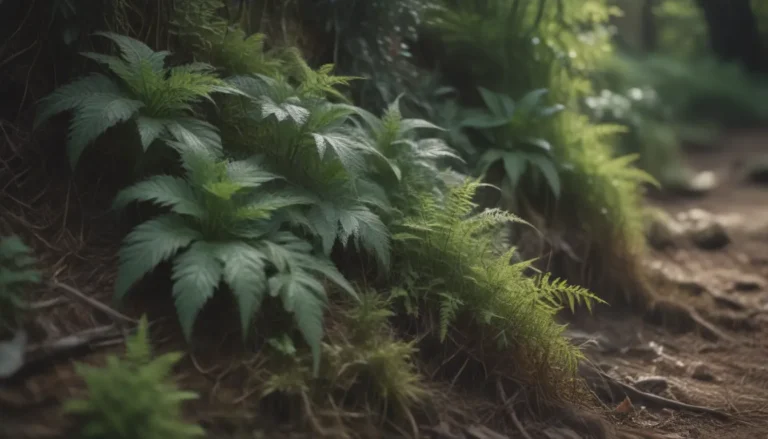A Comprehensive Guide to Hydrangea Diseases: Identification and Treatment

Hydrangeas are beloved for their beautiful blooms and vibrant colors, but they are also susceptible to a variety of pests and diseases. Understanding the common issues that can affect your hydrangeas is crucial for maintaining their health and vitality. In this in-depth guide, we will explore 10 hydrangea diseases, how to identify them, and the best methods for treating and preventing them.
Factors Affecting Disease Susceptibility
Before we dive into specific diseases, it’s essential to understand that not all hydrangea varieties are equally susceptible to pests and diseases. Native hydrangeas, such as the oakleaf hydrangea, tend to be more resistant to diseases compared to non-native species. Additionally, a hydrangea’s adaptation to your specific climate and environmental conditions plays a significant role in its disease resistance. By selecting hydrangea varieties that are well-suited to your location, you can reduce the risk of disease.
Common Hydrangea Diseases
Here are 10 common pests and diseases that can affect hydrangeas, along with their identification and treatment methods:
1. Powdery Mildew
- Identification: Powdery mildew appears as dusty or cottony splotches of white or gray powder on the leaves and stems of infected plants. Infected areas may turn purple.
- Treatment: Prune out infected plant parts and apply a fungicide labeled for powdery mildew if the infection is severe.
2. Botrytis Blight
- Identification: Flower buds die, and petals turn brown and drop before blooming. Occurs in humid and cool weather.
- Treatment: Apply a fungicide labeled for botrytis blight and promptly remove infected plant parts.
3. Cercospora Leaf Spot
- Identification: Causes tan spots with reddish-brown halos on the leaves. Common in several hydrangea varieties.
- Treatment: Remove diseased foliage promptly, clean up thoroughly in the fall, and apply a fungicide if needed.
4. Root Rot
- Identification: Various types of root rot occur in poorly draining soil, leading to wilting symptoms. Requires professional diagnosis.
- Treatment: Contact your local Extension Office for sample submission and specific treatment recommendations.
5. Aphids
- Identification: Small insects that cause yellowing leaves, distortion, and sticky honeydew excretion.
- Treatment: Wash off minor infestations with a garden hose or apply insecticidal soap for severe cases.
6. Black Vine Weevil
- Identification: Symptoms include yellowing and browning of plant tops due to weevil feeding on roots.
- Treatment: Introduce parasitic nematodes to the soil and apply suitable pesticides during weevil feeding season.
7. Four-Lined and Tarnished Plant Bugs
- Identification: Both bugs feed on hydrangea sap, leaving brown sunken areas on leaves.
- Treatment: Apply insecticidal soap or horticultural oil for infestations.
8. Scale Insects
- Identification: Scale insects deposit oval, cottony egg masses and weaken plants by sucking sap.
- Treatment: Trim infested foliage and apply horticultural oil if needed to control scale populations.
9. Rose Chafer
- Identification: Skeletonized leaves and flower petals indicate rose chafer feeding.
- Treatment: Cultivate the soil in fall to dislodge larvae and eggs and reduce population numbers.
10. Spider Mites
- Identification: Fine silky webs on leaf undersides indicate spider mite presence.
- Treatment: Keep hydrangeas well-watered, wash off minor infestations, and avoid broad-spectrum insecticides.
Preventative Measures
In addition to treating specific diseases, practicing good cultural practices can help prevent pest and disease issues in your hydrangeas. Here are some tips to keep your plants healthy and resilient:
- Proper watering: Hydrangeas prefer moist, well-draining soil. Avoid overwatering, as this can lead to root rot issues.
- Pruning: Regularly prune out dead or diseased branches to improve air circulation and reduce disease spread.
- Mulching: Apply a layer of organic mulch around the base of your hydrangeas to retain moisture and suppress weeds.
- Fertilizing: Use a balanced fertilizer formulated for hydrangeas to promote healthy growth and disease resistance.
- Monitoring: Regularly inspect your plants for signs of pests and diseases, and take proactive measures to address any issues promptly.
Additional Resources
For more information on hydrangea diseases and pests, consider exploring the following resources:
- Root Diseases of Hydrangeas – Tennessee State University
- Black Vine Weevil – University of California
- Hydrangea Diseases and Pests – University of Connecticut
- Spider Mites – University of California
By staying informed and proactive in your hydrangea care, you can enjoy beautiful, healthy plants for years to come. Remember, early detection and proper treatment are key to managing diseases in your garden. Happy gardening!





